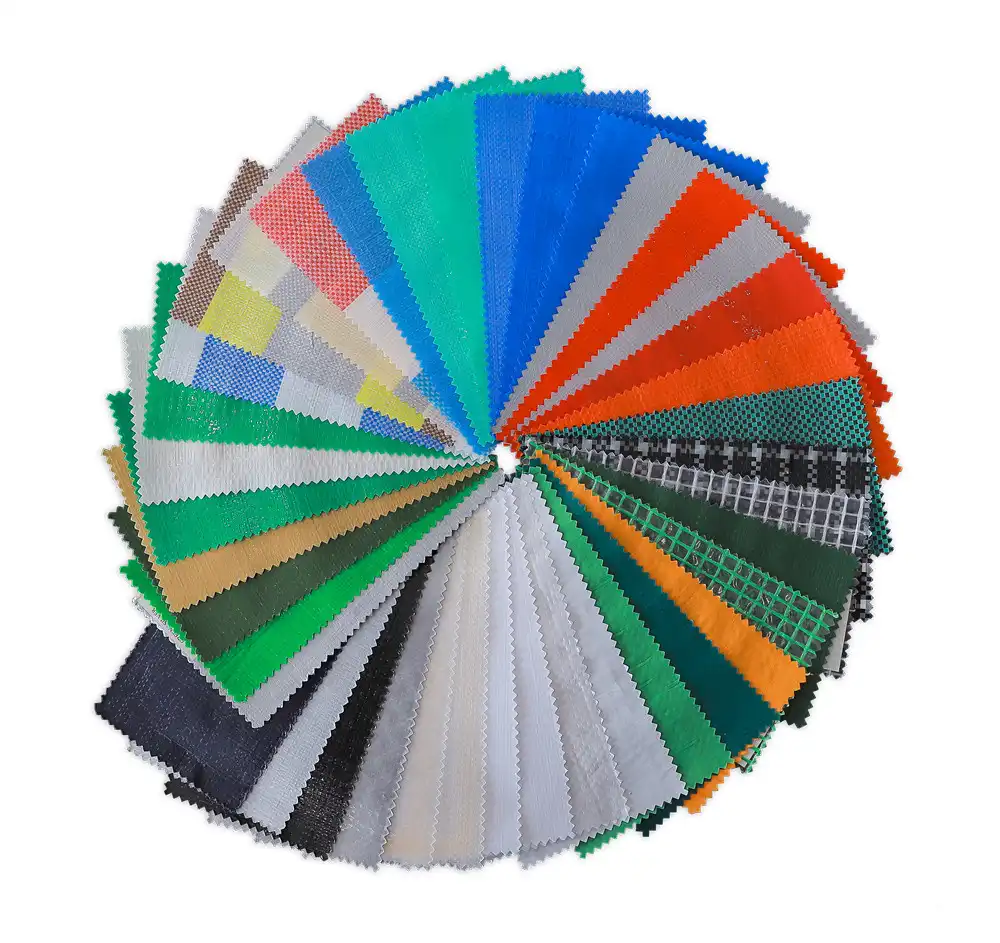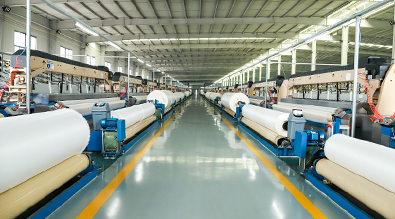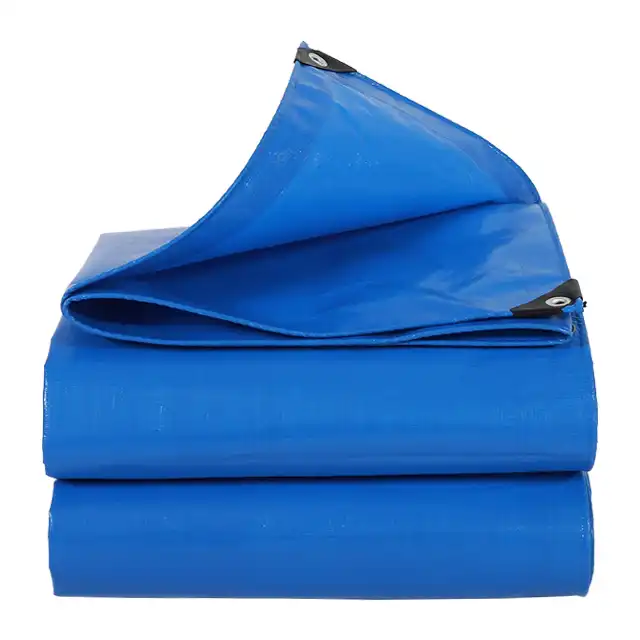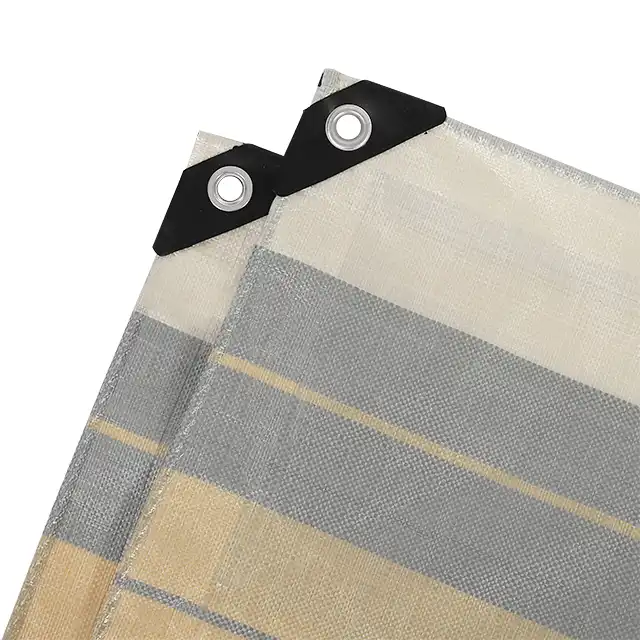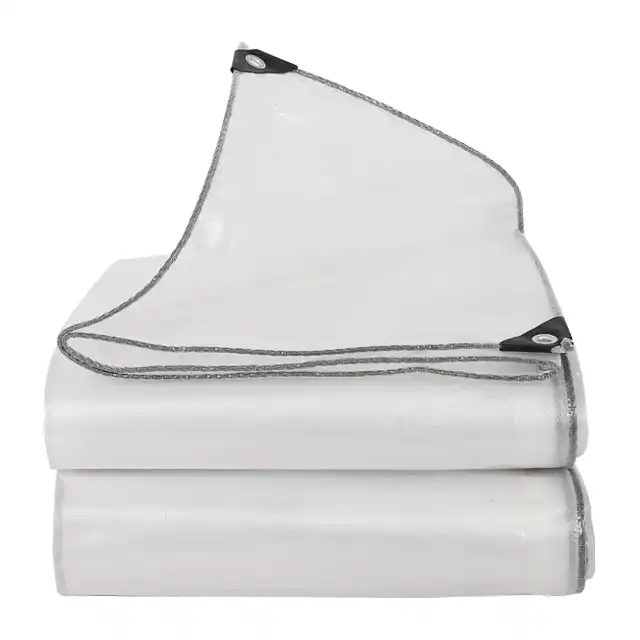Understanding Tarpaulin Thickness: What’s Right for You
Picture this: you've just purchased what seemed like the perfect tarpaulin for your project, only to watch it tear apart during the first storm or fail to provide adequate protection when you needed it most. The culprit? Choosing the wrong tarpaulin thickness for your specific needs. Understanding tarpaulin thickness isn't just about numbers on a spec sheet—it's about ensuring your investment provides reliable, long-lasting protection for your valuable equipment, materials, or outdoor spaces.
The Science Behind Tarpaulin Thickness Measurements
 Tarpaulin thickness measurement involves multiple standards that can initially seem confusing to buyers. The most common measurement systems include mils (thousandths of an inch), GSM (grams per square meter), and denier ratings, each providing valuable insights into a tarpaulin's durability and performance characteristics.
Tarpaulin thickness measurement involves multiple standards that can initially seem confusing to buyers. The most common measurement systems include mils (thousandths of an inch), GSM (grams per square meter), and denier ratings, each providing valuable insights into a tarpaulin's durability and performance characteristics.
-
Understanding Mil Thickness in PE Tarpaulins
Mil thickness represents one-thousandth of an inch and directly correlates to a tarpaulin's physical thickness. Heavy-duty tarps typically have a thickness of at least 20 mils, while lightweight options often measure between 5-6 mils. When selecting tarpaulin thickness, understanding that higher mil counts generally indicate superior puncture resistance, tear strength, and overall durability helps buyers make informed decisions for their specific applications. Professional-grade tarpaulins manufactured using high-density polyethylene (HDPE) woven fabric with LDPE coating, such as those ranging from 7-12 mil thickness, offer excellent middle-duty performance. These tarpaulin products balance affordability with reliability, making them suitable for construction covers, equipment protection, and temporary shelter applications where moderate durability is required.
-
GSM Weight Classification Systems
GSM measurement provides another crucial perspective on tarpaulin thickness and quality. Lightweight tarps might have a GSM of 65-100, while heavy-duty options can exceed 200 GSM. This weight-based measurement system helps buyers understand not just thickness but also material density, which directly impacts a tarpaulin's resistance to UV degradation, water penetration, and mechanical stress. The relationship between GSM and actual performance varies depending on material composition and manufacturing processes. Premium tarpaulin manufacturers utilize advanced weaving techniques with mesh counts ranging from 10x10 to 14x14, creating products that maximize strength while optimizing weight. Understanding these specifications helps buyers select tarpaulins that provide optimal thickness-to-weight ratios for their intended applications.
Choosing the Right Tarpaulin Thickness for Different Applications
Selecting appropriate tarpaulin thickness requires careful consideration of environmental conditions, duration of use, and protection requirements. Different applications demand varying levels of durability, flexibility, and resistance to specific environmental factors that impact long-term performance.
-
Light-Duty Applications and Thin Tarpaulin Options
Light-duty tarpaulin applications benefit from thinner options ranging from 65-100 GSM or 5-6 mil thickness. These tarpaulins excel in temporary covering situations, indoor storage protection, and scenarios where easy handling and portability take precedence over maximum durability. Common applications include picnic pad protection, temporary car canopy coverage, and short-term equipment covering during favorable weather conditions. The lightweight nature of thin tarpaulins makes them ideal for applications requiring frequent setup and removal. However, buyers must understand that reduced thickness typically means decreased UV resistance, lower tear strength, and shorter service life when exposed to harsh environmental conditions. These tarpaulins work best when used intermittently and stored properly between applications.
-
Medium-Duty Tarpaulin Thickness Requirements
Medium-duty applications require tarpaulin thickness ranging from 100-180 GSM or approximately 7-12 mil thickness. This category serves the broadest range of commercial and residential applications, including truck covers, construction site protection, agricultural equipment covering, and semi-permanent outdoor shelter solutions. Medium-duty tarpaulins manufactured with proper UV treatment (1%-7% UV stabilizer content) provide excellent balance between cost-effectiveness and performance longevity. The tarpaulin thickness in this range offers sufficient puncture resistance for typical outdoor hazards while maintaining flexibility for various installation methods. These products typically feature waterproof coatings, tear-resistant construction, and anti-freezing properties that extend usability across different climates.
-
Heavy-Duty Industrial Tarpaulin Specifications
Industrial applications demanding maximum durability require heavy-duty tarpaulin thickness exceeding 200 GSM or 16+ mil measurements. These premium tarpaulins incorporate advanced material technologies, including high-strength yarn construction and multi-layer lamination processes that create superior protection against extreme weather conditions, chemical exposure, and mechanical abuse. Heavy-duty tarpaulins excel in permanent or semi-permanent installations where replacement costs and downtime represent significant operational concerns. Applications include impermeable tarp solutions for aquaculture operations, long-term construction site coverage, industrial equipment protection, and specialized uses requiring fire-resistant or chemical-resistant properties. The increased tarpaulin thickness provides enhanced tear resistance, superior UV protection, and extended service life that justifies higher initial investment costs.
Material Composition Impact on Tarpaulin Thickness Performance
The relationship between tarpaulin thickness and performance depends heavily on material composition, manufacturing processes, and quality control standards. Understanding how different materials behave at various thickness levels helps buyers make informed decisions that align with their specific protection requirements and budget constraints.
-
High-Density Polyethylene (HDPE) Construction Benefits
High-density polyethylene woven fabric serves as the foundation for premium tarpaulin construction, providing excellent strength-to-weight ratios regardless of thickness. HDPE materials resist UV degradation, maintain flexibility across temperature extremes, and offer superior dimensional stability compared to lower-grade polyethylene alternatives. When combined with LDPE coating applications, HDPE woven fabric creates tarpaulins that maximize thickness benefits through enhanced waterproofing, improved surface durability, and increased resistance to environmental stressors. The tightly woven construction characteristic of quality HDPE tarpaulins ensures that even thinner options provide reliable performance when manufactured to professional standards. Manufacturing processes that incorporate high-strength yarn ranging from 400D to 2500D denier create tarpaulin products with consistent thickness distribution and uniform performance characteristics. This attention to material quality ensures that specified thickness measurements translate into predictable real-world performance across various applications.
-
Advanced Coating Technologies and Thickness Optimization
Professional tarpaulin manufacturers employ sophisticated coating technologies that optimize thickness benefits while minimizing weight and cost considerations. Multi-layer coating processes create products that achieve heavy-duty performance characteristics at reduced thickness levels compared to single-layer alternatives. The integration of UV treatment chemicals directly into coating layers provides long-lasting protection that maintains tarpaulin integrity throughout extended exposure periods. This approach allows manufacturers to create products that deliver heavy-duty performance at medium-duty thickness levels, providing excellent value for buyers requiring reliable protection without premium pricing. Advanced coating technologies also enable the incorporation of specialized features such as fire resistance, anti-static properties, and chemical resistance without significantly increasing tarpaulin thickness. These innovations allow buyers to obtain specialized performance characteristics while maintaining the handling and installation advantages of thinner materials.
Quality Considerations When Evaluating Tarpaulin Thickness?
Tarpaulin thickness alone doesn't guarantee quality or performance—manufacturing standards, material selection, and quality control processes significantly impact how thickness specifications translate into real-world durability and protection capabilities.
-
Manufacturing Excellence and Thickness Consistency
Premium tarpaulin manufacturers maintain strict quality control standards that ensure consistent thickness distribution across large production runs. Advanced manufacturing equipment, including precision coating machines and automated quality monitoring systems, creates products that deliver uniform performance characteristics regardless of size or configuration. The importance of thickness consistency becomes apparent in applications requiring multiple tarpaulin sections or replacement panels over time. Variations in thickness can create weak points, uneven stress distribution, and premature failure in critical applications. Professional manufacturers address these concerns through comprehensive quality management systems that monitor thickness specifications throughout the production process. ISO 9001:2015 certification provides buyers with confidence that tarpaulin thickness specifications accurately reflect finished product characteristics. This certification ensures that quality management systems, testing procedures, and documentation practices meet international standards for consistency and reliability.
-
Testing Standards and Performance Validation
Professional tarpaulin manufacturers subject their products to comprehensive testing protocols that validate thickness-related performance claims. These tests evaluate tear strength, puncture resistance, UV stability, and waterproof integrity under controlled conditions that simulate real-world usage scenarios. Third-party testing laboratory validation provides independent verification of tarpaulin thickness performance characteristics. These comprehensive test reports offer buyers objective data for comparing different products and manufacturers, ensuring that thickness specifications translate into measurable performance advantages. Understanding the relationship between testing results and thickness specifications helps buyers identify products that provide optimal value for their specific applications. Products that achieve superior test results at lower thickness levels often represent advanced manufacturing techniques and premium material selection that justify higher initial costs through extended service life and improved performance reliability.
Conclusion
Selecting the right tarpaulin thickness requires balancing performance requirements, environmental conditions, and budget considerations to achieve optimal protection and value. Understanding measurement systems, material technologies, and quality standards empowers buyers to make informed decisions that ensure long-term satisfaction and reliable performance across diverse applications.
Cooperate with Linyi Shengde Plastic Co., Ltd.
Linyi Shengde Plastic Co., Ltd. stands as China's leading enterprise in PE tarpaulin manufacturing, established in 2003 with over two decades of expertise in producing high-quality tarpaulin products. With registered capital of CNY 80 Million and a 60,000 square meter production facility, we maintain partnerships with prestigious international organizations including UNHCR, IOM, ICRC, and UNICEF, demonstrating our commitment to quality and reliability.
Our advanced manufacturing capabilities include 30+ high-tech extruding machines, 400+ Korea-imported automatic water-jet looms, and 4 large fabric coating machines operated by over 1,000 skilled workers. This sophisticated infrastructure enables us to produce tarpaulins ranging from 65-280 GSM with thickness specifications from 7-12 mil, ensuring we can meet diverse customer requirements for any application.
As a trusted China tarpaulin factory and China tarpaulin supplier, we've exported high-quality tarpaulin products to over 30 countries worldwide. Our China tarpaulin manufacturer reputation is built on ISO 9001:2015 certification, comprehensive quality management systems, and innovative R&D capabilities that continuously advance tarpaulin technology. Whether you need China tarpaulin wholesale solutions or specialized tarpaulin for sale, our competitive tarpaulin price structure and high quality tarpaulin products provide exceptional value for your investment.
Ready to source premium tarpaulin solutions? Contact our expert team at info@shengdetarp.com for personalized quotes and technical specifications that match your exact thickness and performance requirements.
FAQ
Q: What's the difference between mil and GSM measurements for tarpaulin thickness?
A: Mil measures physical thickness (thousandths of an inch), while GSM measures weight per square meter. Both indicate durability, but GSM also reflects material density.
Q: How thick should my tarpaulin be for outdoor construction use?
A: Construction applications typically require 100-180 GSM or 7-12 mil thickness for reliable weather protection and durability against job site hazards.
Q: Does thicker always mean better for tarpaulin selection?
A: Not necessarily. Optimal thickness depends on your specific application, budget, and handling requirements. Medium-duty thickness often provides the best value.
Q: How long do different tarpaulin thickness levels typically last?
A: Light-duty (5-6 mil) lasts 6-12 months, medium-duty (7-12 mil) lasts 1-3 years, and heavy-duty (16+ mil) lasts 3-5 years with proper use.
References
1. "Polymer Testing and Characterization of Polyethylene Tarpaulin Materials" - Smith, J.R. and Anderson, K.L., Journal of Applied Polymer Science
2. "Industrial Fabric Performance Standards and Testing Protocols" - International Association of Canvas Products Manufacturers Technical Committee
3. "UV Degradation Resistance in High-Density Polyethylene Outdoor Applications" - Chen, M.W., Thompson, R.J., and Davis, S.K., Materials Engineering Quarterly
4. "Comparative Analysis of Tarpaulin Construction Methods and Durability Performance" - Rodriguez, A.M. and Wilson, P.T., Industrial Textiles Research Institute
